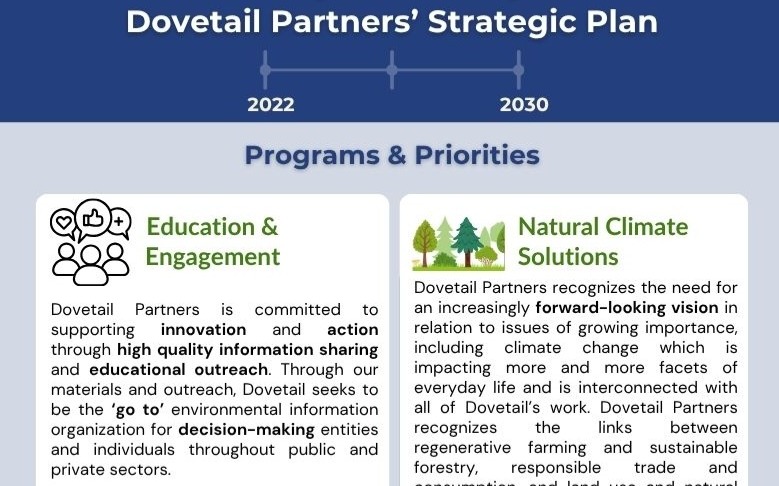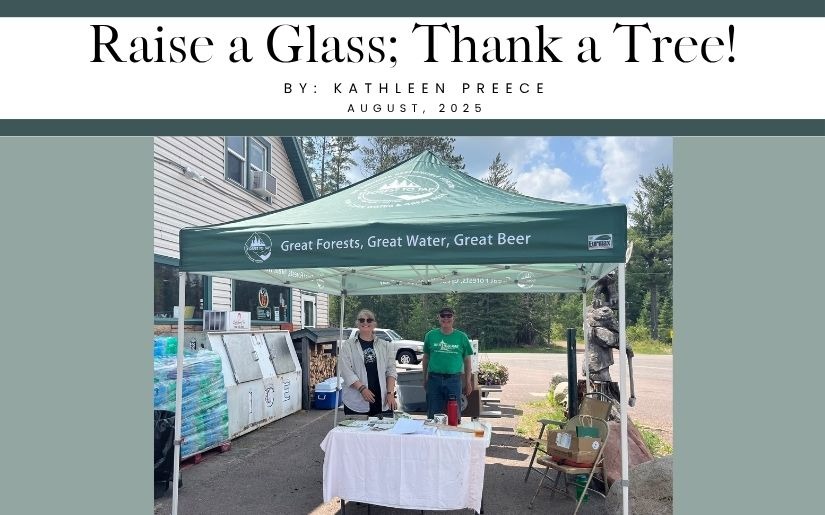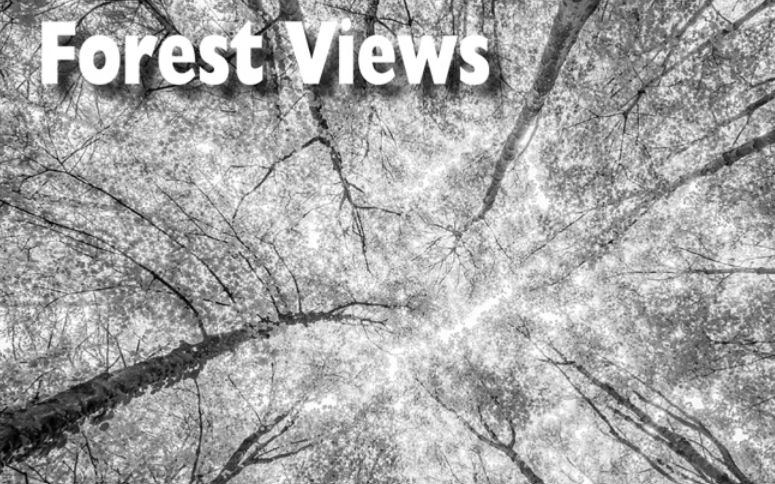Prescribed Fire in the Great Lake States of Minnesota, Wisconsin, and Michigan
Lukas Lock-Scamp
Dovetail Partners Research and Policy Intern
Introduction
Fire is no longer commonplace in the modern landscape of the United States. Its absence in our ecosystems is the result of the displacement of indigenous populations, fire-suppression policies, and the suppressive conceptions of fire in the public conscience. The movement to reintroduce fire with the use of prescribed burns is critical to the improved stewardship of all managed areas that were previously part of a historic burn regime, heralding benefits such as reducing fuel for future burns, and increasing landscape heterogeneity (Kreider et al.). Current literature on the use and impact of prescribed fire centers the American West, in part because it holds most of the wilderness areas in the lower 48 states (Boerigter, “Untrammeling”; Prichard et al.). This paper organizes theory and practice as it relates to the Great Lakes region of Minnesota, Wisconsin, and Michigan, where case studies are used to highlight what prescribed fire could look like under state, tribal, or private management respectively. The intent of this publication is to address the need for further geographically-specific literature, feature pertinent case studies, and inform the continued work of fire practitioners in Minnesota and beyond.
- Lead AuthorLukas Lock-Scamp, Dovetail Partners Research and Policy Intern
- DateJanuary 2025
- CategoryFire, Forestry, Forests, Leadership , Management
- Project FileDownload
.png)
.png)

.png)
.png)

